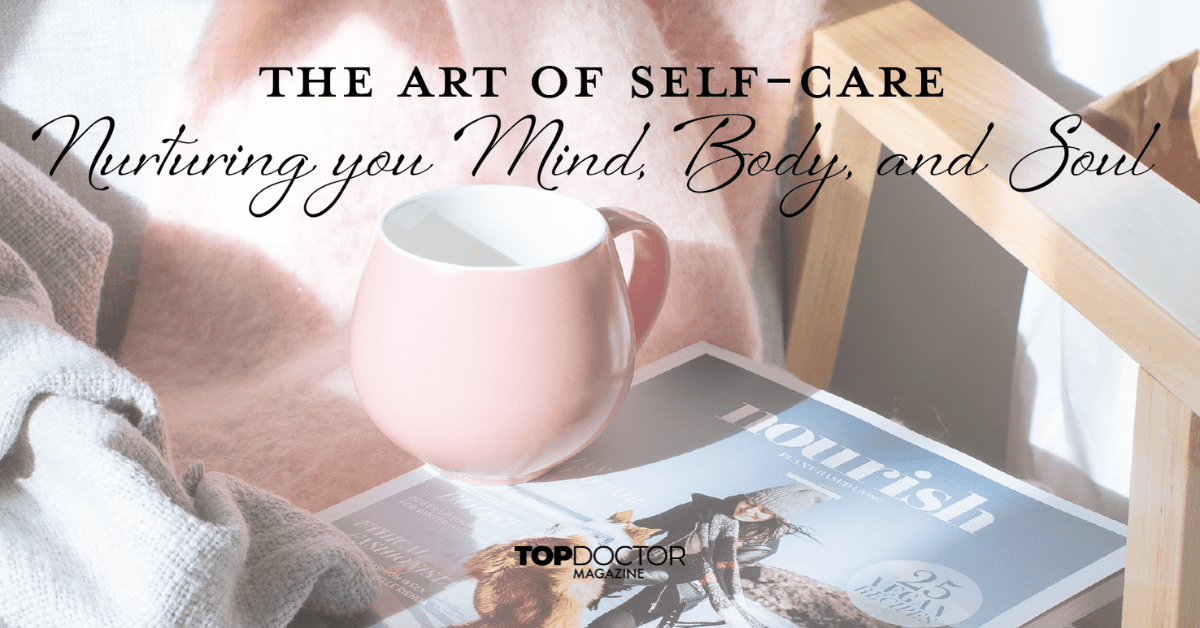
Whether through evolution or Creation, one thing’s for sure – humans were made to stand. And yet, one in four people can’t leave their chairs for eight hours a day (sometimes, without even a break), not to mention the one in ten people who actively disregard physical activity aside from excessive sitting! It turns out COVID-19 didn’t bring the only pandemic of the 21st century about; a global pandemic of physical inactivity is on our hands, and it’s worsening as we speak.
The Global Pandemic of Physical Inactivity
The statistics behind the health hazards of sitting are staggering. Excessive inactivity has been proven as a significantly deadly culprit, causing over 5 million victims every year. Hectic schedules and workplaces, together with some personal unhealthy habits, such as watching TV (the average American spends four hours in front of the screen) and social media, keep us confined to chairs, frequently with our backs crooked. Instead of standing straight (the Homo erectus, an old ancestor of humans, received its name not without reason), we become glued to our chairs and, consequently, unhealthier.
Before you dismiss your friends and family who ask you to join them on a walk or laugh at the co-worker who brought the standing desk trend to your company, take a moment of reflection and ask yourself — “Will my health pay for this habit in the future?” “How much exercise do I need to offset a day of sitting?” Such are the questions that Top Doctor Magazine will answer today. Just to give you a little spoiler — you can easily offset physical inactivity, and we’re here to tell you how!
Has Research Been Conducted on the Dangers of Excessive Sitting?
A short answer would fail to express the depth of the studies surrounding excessive sitting. Decades of thorough data observation and technological improvement implementations have helped scientists monitor vast subject numbers, from close to 45,000 to over 1 million people, with different forms of fitness trackers or activity monitors, sometimes for more than a decade! And not just once or twice, but repeatedly, all across the globe! One thing is true — the global pandemic of physical inactivity keeps prompting researchers to inquire into the matter and search for solutions.
What Does Research Have to Say About Excessive Sitting?
The answer to this question is both troubling and encouraging. Although the risk of death amongst people who sit for 8 hours per day is disproportionate to vigorous physical activity (the more the latter drops, the more the former grows), the solution is straightforward — stand up and walk, even for a bit! Even 30 minutes of walking or exercise are enough to bring the early death risk down by 80%. Furthermore, adding two extra hours of standing to your schedule will cause a reduction in blood sugar levels and triglycerides (fats in the blood), 11% lower average BMI (i.e., body mass index), and 7.5cm less in your waist circumference. So now it’s the perfect time to reconsider that walk invitation from your friend or your co-worker’s standing desk idea!
The amount of exercise required to counterbalance with a day of sitting depends on how committed you are to be on the safe side. For example, the early death risk stands high at 59% for those who only exercise 5 minutes daily. On the other end, people who invest an hour in their health daily eliminate the risk. It’s all about consistency and the willingness to bring about positive change to your health.
However, these recommendations lose value when dealing with extreme cases (i.e., 11 or 12 hours of sitting) — the early death risk (when exercising for 30 minutes per day) will only drop by 30% percent. Thus, it’s no longer a matter of exercising but of changing one’s life from the roots.
What Lesson Is to Be Learned Here?
The solution is so simple that three simple words are enough to express it — “never slow down.” Whether you’re a healthy adolescent, a busy adult, or a senior past your prime, you will never have anything to lose from a brisk walk around the block! As the WHO tells us, 150–300 minutes of moderate-intensity or 75–150 minutes of vigorous-intensity physical activity are enough to hit your weekly exercise quota. Nor do these recommendations have to be followed literally; you can exercise in your own manner and at your own pace, as long as you keep away from sedentary habits and enjoy a physically active life.
What If I Can’t Find the Means to Exercise?
Being physically active in today’s time has been easier than ever. Although almost half the country sees time as a rare commodity, the chances of getting some much-needed exercise are all around us. Instead of taking the elevator, why not take the stairs today? Instead of driving to work, why not ride your bicycle? Instead of putting in extra work during your break, why not take a stroll in a park? You can start small right away!
Furthermore, physical exercise is not synonymous with gym time. Even household chores, playing catch with your kids, or throwing a frisbee at your dog counts as exercise! However, if you yearn for a more gym-like experience, look no further — basic fitness equipment (e.g., light dumbbells, a stability ball, and jump rope) and simple bodyweight exercises (e.g., planks, push-ups, squats, jumping jacks, and step-ups) are always at your disposal.
To conclude, our Top Doctor Magazine team is happy to raise awareness surrounding the dangers of physical inactivity to its readers. We hope that our advice will encourage you to release yourself from your chair’s shackles and get in touch with your active self more often. After all, life is all about finding balance, so try and find the proper amounts of exercise and sitting for a healthy future.





0 Comments